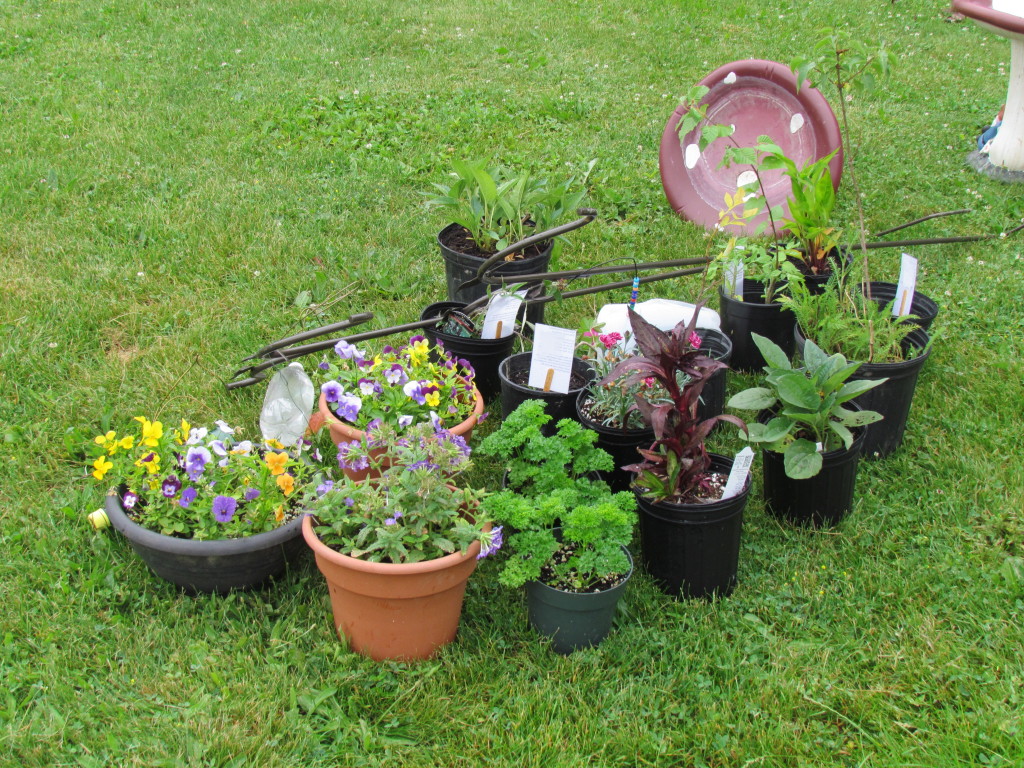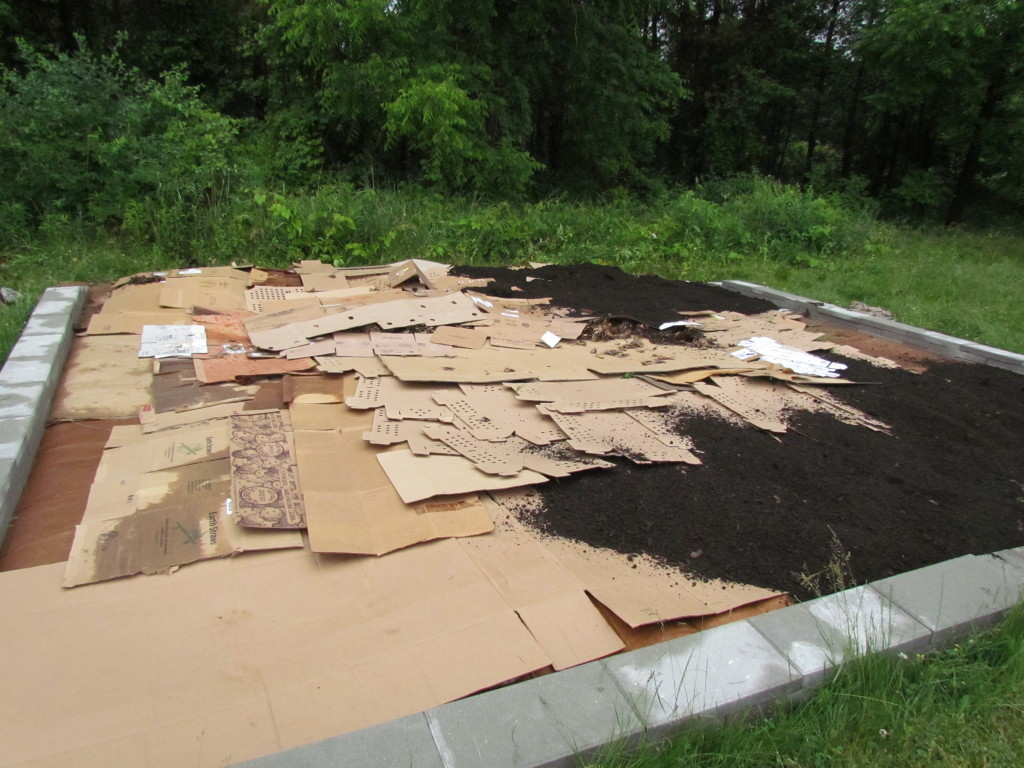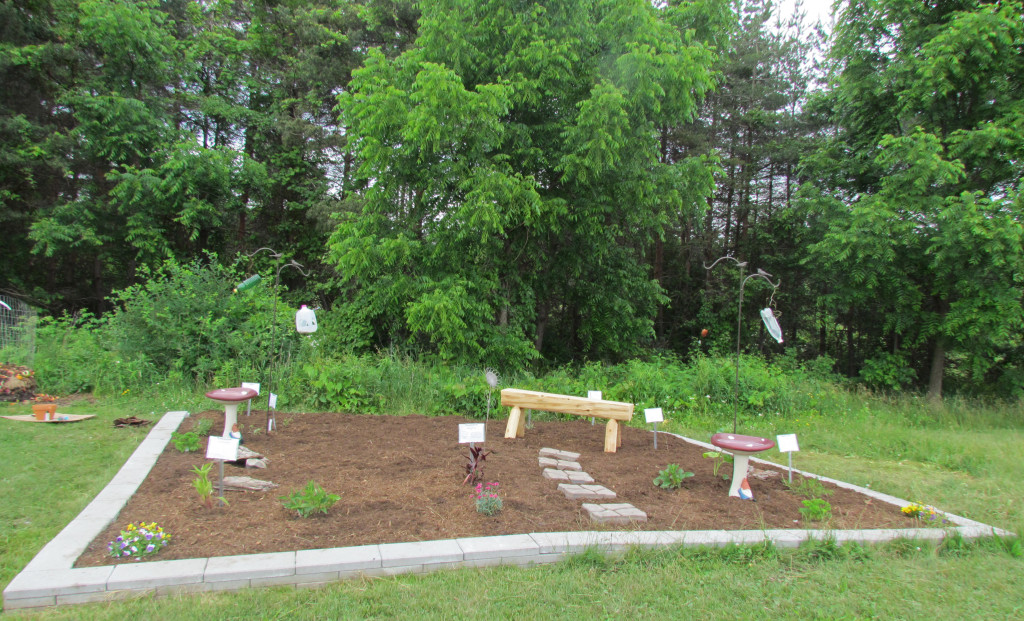By: Melissa Hodde
Melissa Hodde is a Master Gardener from Seneca Falls, New York. Hodde shares her story about South Seneca Elementary’s involvement with the JMG Wildlife Gardener curricula. Future or current project leaders read below and be encouraged!

Our Junior Master Gardening Project started with the suggestion for an after school program for six to ten kids in second grade at South Seneca Elementary, for maybe two hours. The JMG Wildlife Gardener curriculum was a perfect fit for that sort of thing, and everyone (three Master Gardeners, the county 4-H coordinator, a second grade teacher, and the principal) was really excited to initiate the project. The new Common Core requirements for second graders include extra hands-on science, so it made sense to include the whole class in the project. Therefore, we changed our plan to include the program during school hours as well. Then, two other teachers signed on, the whole class became the whole second grade, on top of the initial after school program. This got pretty serious.
Since our audience grew so much, we had an excuse to grow a much bigger garden. When we pitched the idea of installing a ‘Certified Wildlife Habitat’ on the school grounds, the principal’s first question was, “How do we make that happen?” We laughed and said, “Oh, we’ll make it happen.” Now that the principal was very much on board, all we needed were a few donations to get started. It took close to a month to gather our materials (mostly the topsoil and pavers), so while waiting, we focused on teaching the kids about the wildlife already present on the school grounds.
After the first nerve-racking, but rewarding session in class, we had a pretty good idea of what the kids already knew. We started the basic introduction of the JMG Wildlife Gardener book (see P.L.A.N.T and Wildlife Needs in chapter one). Everybody got a chance to draw their version of a wildlife garden, and we had more than a few giggles looking over the pictures afterwards. The gardens featured an exotic assortment of wild animals and garden plants, with the occasional birdbath, tree house or deep, dark hole. A thoughtful student included an illustration of two of us in the garden with shovels, labeled “Master Planters”.

Over the next few Mondays we talked about soil composition and tagged the sources of food, water, cover, and places to raise young in the school’s generous yard. We got to know our after school group (most of them already part of a composting club run by a teacher), and helped them haul huge bags of leaves to their compost bin, the happy home for leftovers from the cafeteria. All fifteen of our after school students decorated and took home jug drippers for their backyard birds (see Moving Water Jug Dripper in chapter three), and tallied the results over the next week. Most of the kids saw very few birds, if any, and we talked about potential ways to change the process and attract more birds to their drippers. This activity illustrates something important about wildlife gardening with kids; you can create something wonderful for wildlife, but it is difficult (at least for the kids) to wait for the wildlife to show up. Birds especially can be skittish, and prefer to observe an area for days or weeks before they decide that the new feeder or birdbath is safe to use.
With that in mind, we built Toad Abodes and Lizard Lairs, designed bird feeders and conducted experiments with wet and dry habitats (see Watering Wildlife in chapter two), adding all of our creations to the garden area. While we waited for results, students learned more about the wildlife they were trying to attract by simulating different kinds of bird beaks and playing a board game (see The Etymology of Eating and Sleeping in chapter two).
We picked up the pavers during week five, and the following week the topsoil arrived. Every student in the after school group got to plant something in the new garden and decorate a paver. A generous layer of mulch, some stepping-stones, and a rustic bench made the garden accessible to passers-by. Until the perennials get a little bigger, people, birds, insects will probably visit most often.

All of us have enjoyed the process of learning and growing together. Our goal is that the school garden adds to the quality of education at South Seneca Elementary, and that the students who helped create it are inspired to pursue more adventures in science and gardening.

2 Comments. Leave new
I think it is very impressive what you have done & that when the project became much larger than expected you weren’t afraid to take on the challenge.
Thank you, Paul!